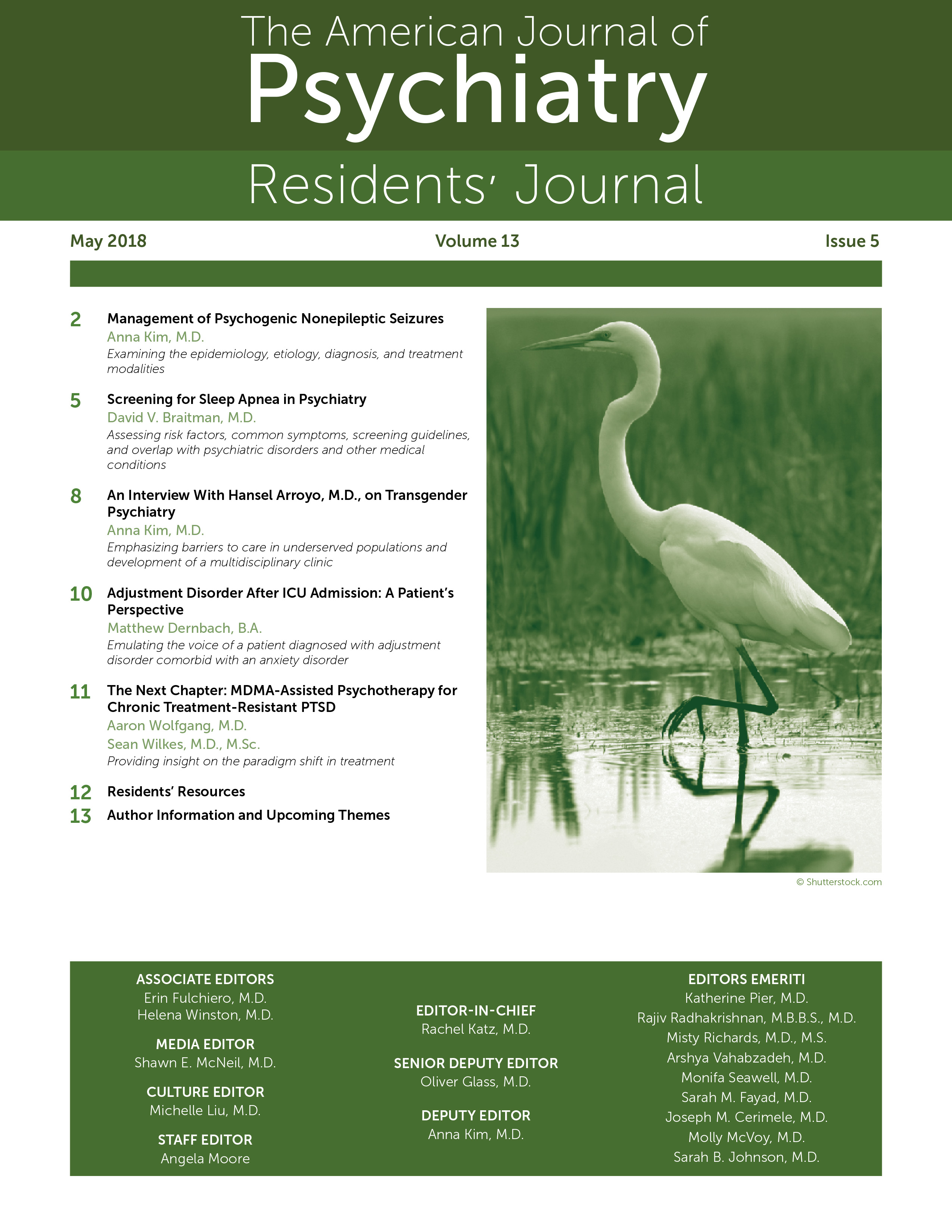Management of Psychogenic Nonepileptic Seizures
Epidemiology
Etiology
Presentation and Diagnosis
| Characteristic | Epileptic Seizures | Frontal Lobe Epilepsy | Psychogenic Nonepileptic Seizures |
|---|---|---|---|
| Motor | |||
| Writhing, flailing, and whole-body thrashing | Yes | ||
| Jactitation (rolling from side to side) | Yes | Yes | |
| Lateral head and body turning | Yes | Yes | |
| Eye-blinking, swallowing, and slumping | Yes | ||
| Sensory/autonomic | |||
| Intelligible speech | Yes | ||
| Eyes closed at seizure onset | Yes | ||
| Forced eye closure (resistance to the eyes being opened during an episode) | Yes | ||
| Postictal focal neurologic deficits | Yes | ||
| Altered breathing patterns | Yes | ||
| Somatic complaints | Yes | ||
| Increase in heart rate ≥30 bpm above baseline | Yes | ||
| Altered pupillary response | Yes |
Treatment
Conclusions
Key Points/Clinical Pearls
References
Information & Authors
Information
Published In
History
Authors
Metrics & Citations
Metrics
Citations
Export Citations
If you have the appropriate software installed, you can download article citation data to the citation manager of your choice. Simply select your manager software from the list below and click Download.
For more information or tips please see 'Downloading to a citation manager' in the Help menu.
View Options
View options
PDF/ePub
View PDF/ePubGet Access
Login options
Already a subscriber? Access your subscription through your login credentials or your institution for full access to this article.
Personal login Institutional Login Open Athens loginNot a subscriber?
PsychiatryOnline subscription options offer access to the DSM-5-TR® library, books, journals, CME, and patient resources. This all-in-one virtual library provides psychiatrists and mental health professionals with key resources for diagnosis, treatment, research, and professional development.
Need more help? PsychiatryOnline Customer Service may be reached by emailing [email protected] or by calling 800-368-5777 (in the U.S.) or 703-907-7322 (outside the U.S.).
